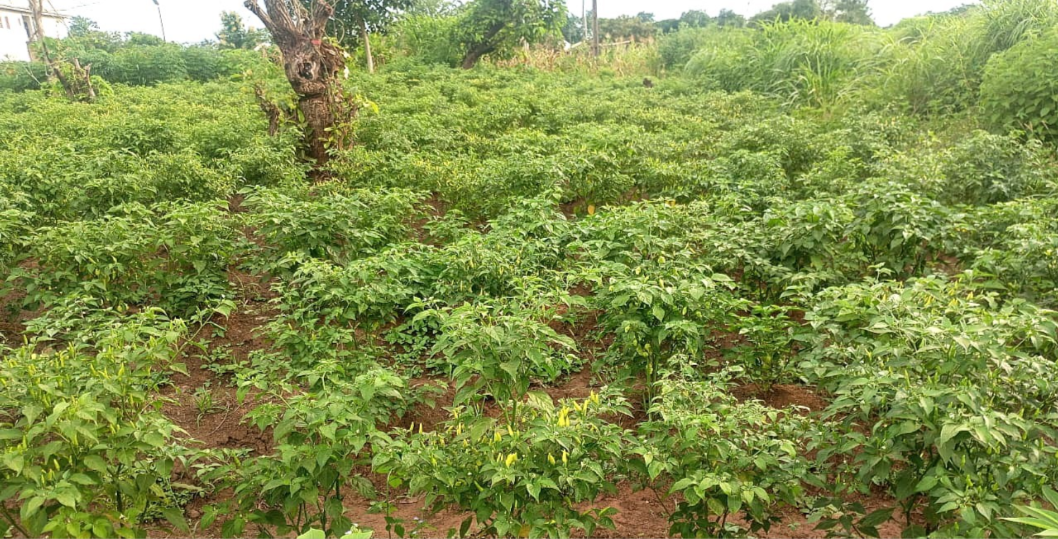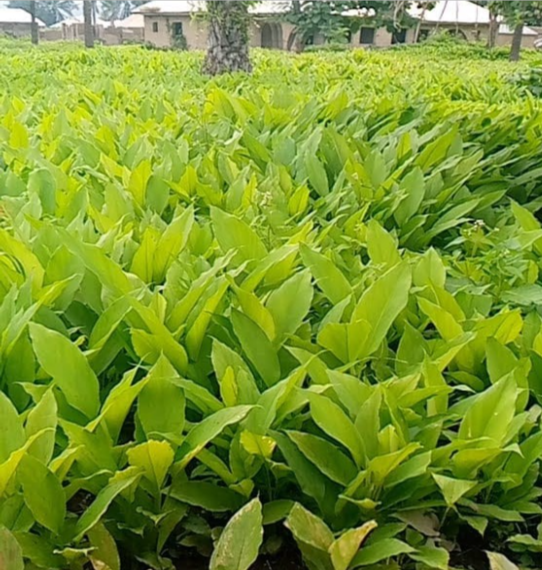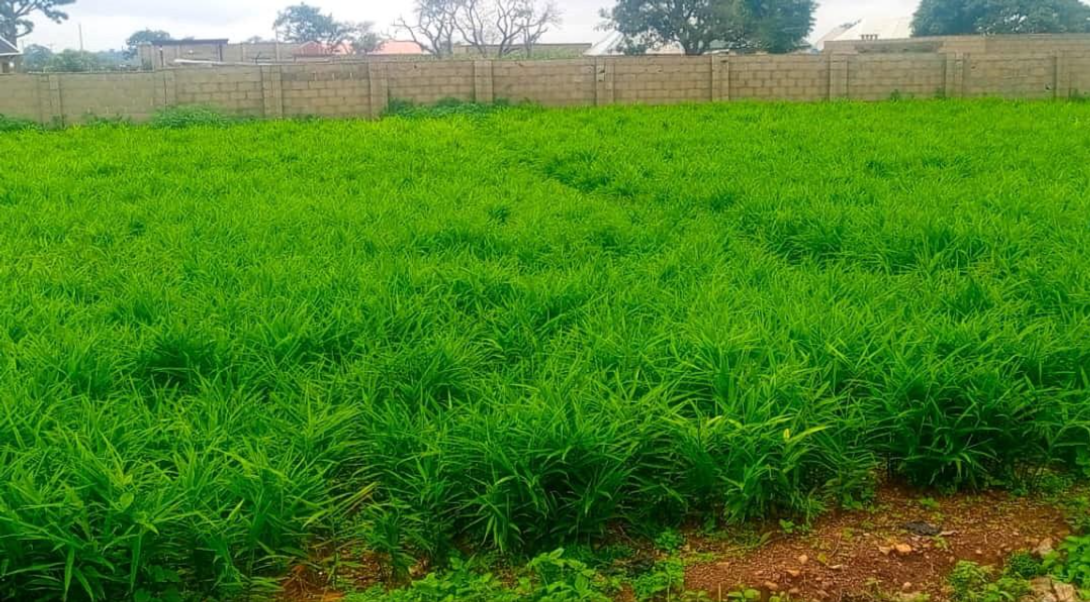Author: Oche Thomas Eluma & Raphael Ugwu
Overview
Turmeric remains resilient compared to ginger, facing no major infestations this season. However, the dramatic price surge in ginger had a spillover effect: many traders who could not participate in the ginger trade shifted to turmeric, creating temporary hoarding and artificial scarcity. Despite this, turmeric has not matched last season’s peak price of ₦3 million per metric ton. The current peak price this season is ₦2.5 million per metric ton.
With many farmers in Jaba, Kafanchan, and Kachia turning to turmeric and pepper after losing access to ginger seedlings, production volumes are expected to rise sharply in the upcoming November 2025 harvest. Prices are expected to dip during harvest glut but recover gradually from March 2026 onward.
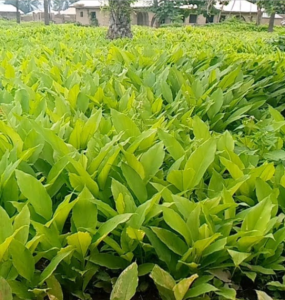
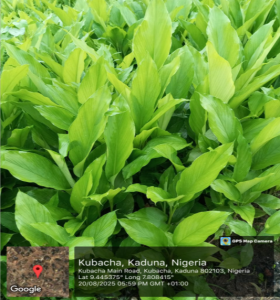
The images reflect how turmeric has become a reliable alternative for many farmers. Fields are visibly healthy, and with gradual increased participation across Kagarko, Jaba, Kafanchan, and Kachia, the crop is positioned for a strong harvest. These developments underline the crop’s resilience and its growing importance within Southern Kaduna’s spice portfolio.
State of the Market
- Turmeric crops remain free of infestations and major diseases.
- The surge in ginger prices in 2023/24 pushed middlemen into turmeric trading, resulting in hoarding and artificial scarcity.
- Despite these pressures, turmeric has not yet matched last season’s peak price of ₦3 million. The season’s peak is currently ₦2.5 million/ton.
- Turmeric is primarily cultivated in Kagarko LGA, but farmers in Jaba, Kafanchan, and Kachia expanded into turmeric and pepper due to ginger seed scarcity.
- Current fresh turmeric prices range from ₦25,000 to ₦35,000 per 55 kg bag, with dried turmeric (unclean) trading between ₦60,000 and ₦75,000 per 40 kg bag.
- Prices are expected to fall during the November-February harvest glut, before rebounding steadily from March through late 2026.
- Exporters and local processors who enter the market early will benefit from lower prices and secure volumes before demand-driven increases set in.
Outlook for November 2025 Harvest Season
- Production: Likely higher than previous years due to increased farmer participation and expansion into turmeric.
- Price Trajectory: Low entry prices during November harvest, gradual recovery from March 2026, and steady increases through the end of the season.
- Market Dynamics: Domestic consumption and storage by traders will absorb significant volumes, creating supply tightening later in the season.
- Export Potential: Rising demand for turmeric in nutraceuticals and food processing presents an opportunity if Nigeria can improve drying and grading for consistent export quality.
Risks & Challenges
- Potential market manipulation by middlemen (hoarding, artificial scarcity).
- Export competitiveness against India, the global leader in turmeric production.
- Storage and post-harvest handling issues that could affect quality.
Key Takeaways
- Turmeric is set for a stronger harvest in November 2025, largely driven by farmer diversification from ginger.
- Early market entry will be the most profitable strategy for traders and exporters.
- While prices may drop temporarily, the long-term trend through 2026 is upward.
- Export growth will depend on quality assurance and cost competitiveness against global players.

